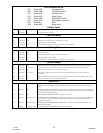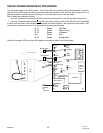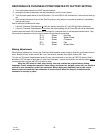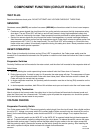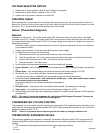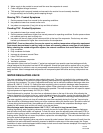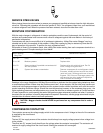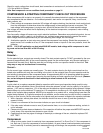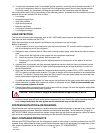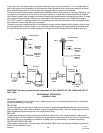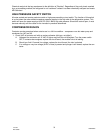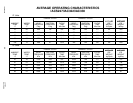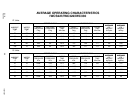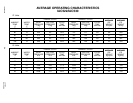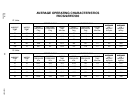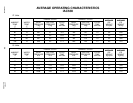
29
166240004
12/1/94
Rev 3/4/96
2. To check the compressor motor for accidental ground, perform a continuity check between terminals C, R
and S to the compressor shell or a copper line of the refrigeration system (do not use a painted surface).
Continuity present, the compressor windings are grounded and the compressor must be replaced.
If the compressor starts, but trips repeatedly on the overload protector, remember that the overload is both tem-
perature and current activated. Be sure to check:
S Low voltage
S Undersized supply lines
S High head pressure
S High suction pressure
S Defective capacitors
S Compressor mechanical problems
S Low refrigerant charge
LEAK DETECTION
The new non-chlorine based refrigerants such as [HP - 62/R 404A] require special leak detection devices other
than what has been standard for the CFC’s.
While the instruments for leak detection are different, the processes have not changed.
Basics to remember:
1. Look for signs of oil when you visually start your leak check process. Oil is carried with the refrigerant. If
the oil has leaked out so will the refrigerant.
2. Refrigerant vapor is heavier than air. When leak checking suspect areas, probe below the joints or connec-
tions.
A. Always check the high-side of the system with the compressor operational.
B. Check the low-side of the system, with the system idle.
C. Following a & b will normally allow the highest pressure on each portion of the system for the best
detection.
3. Systems short of refrigerant will show improper operational results in both the freeze and harvest cycles.
Many systems will appear normal in higher operating temperatures and change drastically in cooler con-
denser temperatures.
4. Many new and reworked leak detection instruments have the ability to detect CFC’s, HCFC’s and the new
HFC’s by making a simple switch selection. This type of detector will be more sensitive on one setting than
the other. This results in finding some leaks that are so small it may take years before the actual leak rate
would create adverse operating conditions in the product.
A bubble test and/or additives with UV lamp may be the best team for the most positive leak testing results.
5. Never pressurize a system with oxygen or a mixture of refrigerant and air. Either of these methods may
cause a system explosion to occur.
6. Pressurizing systems to leak test should only be done with dry nitrogen. Be sure the regulator setting does
not exceed the recommended system pressure.
CAUTION: A full cylinder of nitrogen will have pressure of approximately 2700 PSI.
7. Failure to correct leaks will also cause shorter compressor life as a result of the higher operating tempera-
tures. Always leak check the total system as one located leak may not be the only leak.
SYSTEM EVACUATION & RECHARGING
Should service work ever be required on a product where the sealed refrigeration is opened for any reason, the
refrigerant must be recovered, drier/filter replaced, evacuated and recharged. The old method of “purging” is
NOT ACCEPTABLE. Always evacuate the system through both the high and low side service valves. Be certain
both valves are completely open when evacuating and the drier/filter has been replaced.
SELF-CONTAINED PRODUCTS
With the new POE [Polyol Ester] oils, the refrigeration system is more prone to moisture problems than the CFC
systems. Every effort should be made to never have the system open to the atmosphere for longer than 15 min-
utes, and the replacement of the drier/filter is no longer an option, [IT IS MANDATORY].



